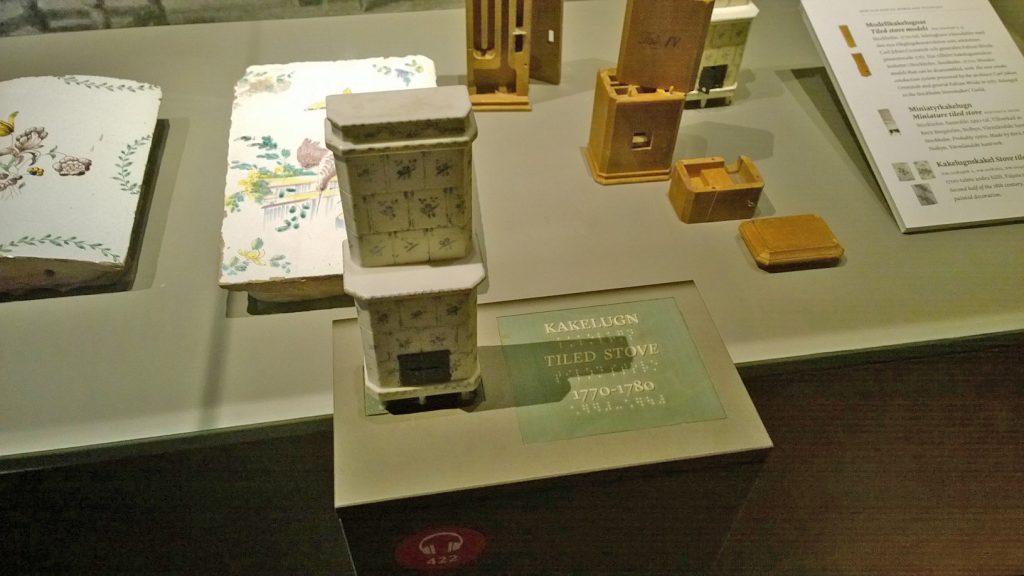
3. Why 3D models for tactile accessibility?
- 3D models can increase the tactile accessibility of objects which cannot be touched, by offering a tactile representation of the object’s shape and volume.
- 3D models can also be used to produce copies in authentic materials, which can provide another dimension of tactile accessibility.
- A 3D model can create an exact tactile reproduction of an object’s surface, shape, and volume.
- A 3D model can be scaled up, to make it easier to take in details which are hard to see or feel in their original size, or scaled down, so that large objects can easily be felt in their entirety using your hands.
- Being able to feel the entire model at once using your hands is especially important for persons with visual impairments, in order to take in the whole object.
- Downscaled 3D prints are also easy to bring on mobile guided tours and outreach activities.
- By making the digital 3D files publicly available, anyone with access to a 3D printer can make their own model.
- 3D printing is a fast manufacturing process, where models can easily be replaced if they are lost or break.
- A 3D model can be used as the template for making objects using other techniques and materials, for example professional copies made using historically correct materials and techniques, which offer tactile experiences of the object’s authentic materiality.
- Measuring the 3D model means that you do not have to handle the original. A 3D model can also be used to create moulds, or be printed directly in wax to be used for lost-wax metal casting.